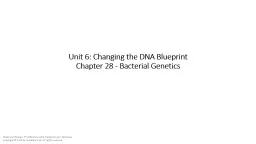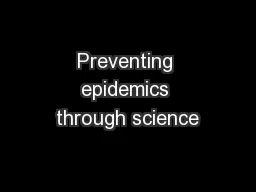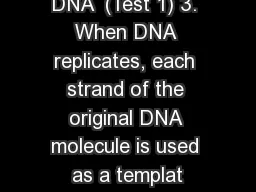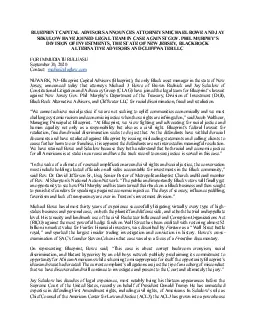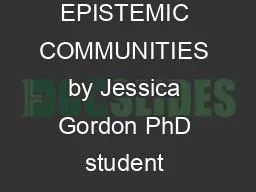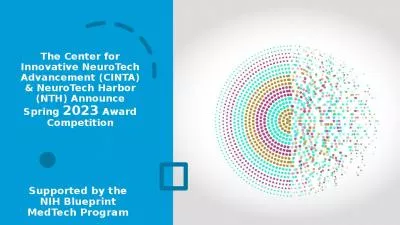PPT-Unit 6: Changing the DNA Blueprint
Author : Goofball | Published Date : 2022-08-03
Chapter 28 Bacterial Genetics Figure 2801 Recombination Allows Survival of Transformed DNA In most cases incoming linear DNA molecules are degraded by the host
Presentation Embed Code
Download Presentation
Download Presentation The PPT/PDF document "Unit 6: Changing the DNA Blueprint" is the property of its rightful owner. Permission is granted to download and print the materials on this website for personal, non-commercial use only, and to display it on your personal computer provided you do not modify the materials and that you retain all copyright notices contained in the materials. By downloading content from our website, you accept the terms of this agreement.
Unit 6: Changing the DNA Blueprint: Transcript
Download Rules Of Document
"Unit 6: Changing the DNA Blueprint"The content belongs to its owner. You may download and print it for personal use, without modification, and keep all copyright notices. By downloading, you agree to these terms.
Related Documents

